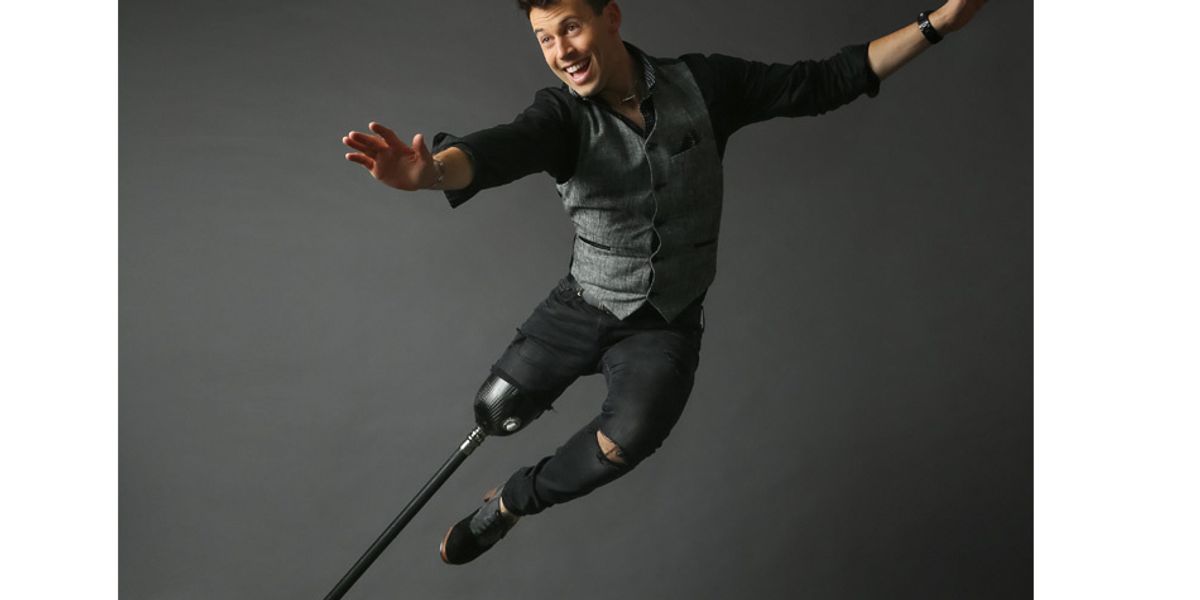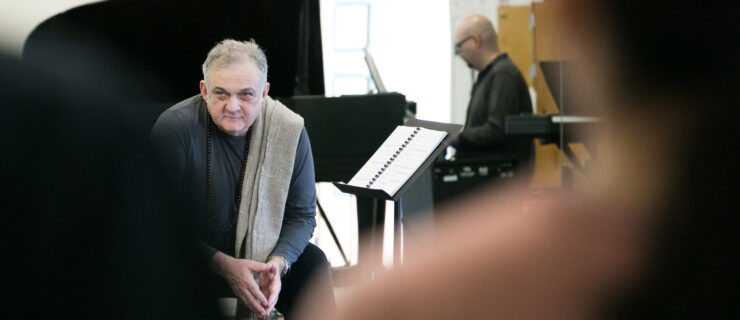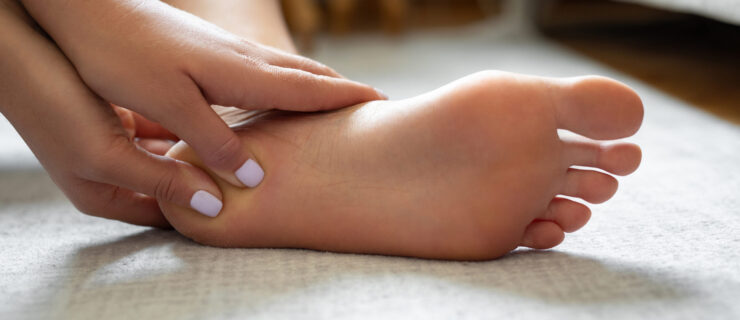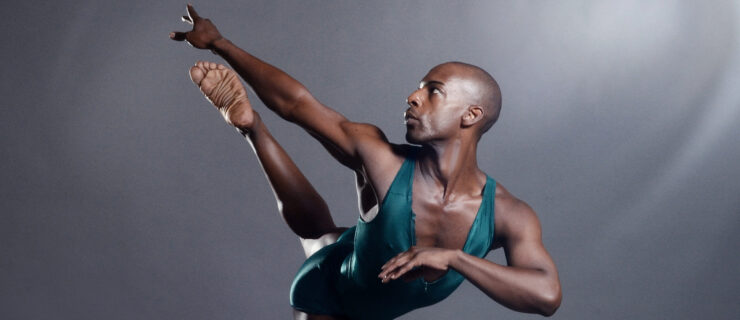5 Dancers On What They Love Most About Their Bodies
When it comes to our bodies, dancers have a bad habit of focusing on the negative. We often wish we were taller, or shorter, or stronger, or slimmer.
But as dancers our bodies give us so much, and negative body talk doesn’t do anything to help us become better artists.
So we thought it’d be a nice change of pace to instead ask dancers what they love about their bodies:
Hadestown’s Timothy Hughes

“I have well-defined arms that I’m proud of and I have a flexible, strong back that has served me well so far.
I started working out more intensely when I was training for The Greatest Showman and I was playing the Strong Man. I had to develop musculature but also maintain flexibility to dance.
“In Hadestown, I’m able to communicate a lot through the strength of my arms. Having a strong back is important for a dancer who is so tall because I’m very low for a lot of the show. I had a conversation with a costume designer and for the first costume I wear, I was like, I would love to have this shirtless because I’m very proud of my arms. That was definitely the right decision: I’ve gotten a decent amount of attention for playing the part.
“I’m also proud of things that are strong without being visually seen. Body positivity is not always about the visual musculature.”
Contemporary Indian Dancer Ananya Chatterjea

“I have learned to appreciate my long limbs. They allow me to think about the travel of electricity that is generated by my core and that goes out through my legs and my arms to communicate energy. I have to be intentional about it. I use a lot of hand gestures, so I have to make sure I finish the line so the mudra becomes amplified.
“I actually grew into it because of my yoga practice. I didn’t realize I had longer limbs because in the Indian training system we don’t have that kind of focus on the body. I began to really capitalize on it. At the core of my dance practice is the idea of connecting with others, articulating a story. As I started to think about the extension of energy as a material force that emanates from myself in such a way that I can really extend the line out to others, it became more clear to me what I can do with the body I have been gifted.
“When we work with notions of beauty we have to look inside of ourselves and see what we have internalized that might require shifting so that all bodies looks good. Footwork is so important to me, so how do I work with dancers who are in wheelchairs?
“I think body positivity is this notion that there is no right or wrong body. I have come to realize that my body is a slow learner. It takes time and doing it over and over again. I’m devoted to the practice of chiseling. Body positivity has meant celebrating the way in which some bodies learn at different paces and being gentle with myself about that. It’s recognizing that my choreography will look different on different bodies and to celebrate that. That has made me a better choreographer.”
Tap Dancer Evan Ruggiero

“My favorite thing about my body is the amount of different legs I can attach to my body now, whether it be peg legs or walking legs or running legs or specialty legs I make for different shows. It’s something different I get to play with.
“For the musical The Toxic Avenger we had this idea to have the leg be part of the set. These bullies rip my leg off and throw me into this vat of toxic waste and I come out as this mutant superhuman and use an exhaust pipe as a leg. We took an actual exhaust pipe and cut it up and we went into the shop and started beating the crap out of it with hammers. We sanded the whole leg down and then we left it out overnight in the rain.
“Tap dancers always call themselves musicians and I’m really able to make different sounds that other tap dancers aren’t able to make. It’s this new extension of my body. After I lost my leg, I watched a lot of Peg Leg Bates footage. At first, I tried to replicate him, and then I really discovered who I am as an artist and made my own new sounds.”
Contemporary Dancer Paige Fraser

“I love being small boned but still very toned and muscular and strong. I have grown to love my spine. Having scoliosis makes me unique and it makes what I represent powerful.
“Growing up, I didn’t like how skinny I was. I didn’t feel like I looked like the other kids. I have such long arms and legs and no torso, mainly because of my scoliosis. I had issues looking at myself in the mirror. But as I continued to train, I started to notice how much people appreciated how toned I was. It wasn’t weak or frail; there was strength behind my movement even though I was so small. One choreographer said, ‘You’re so light, I need more weight in your movement.’ I never understood what that meant until now. That dichotomy I’ve had to work on.
“Having scoliosis, I had to fake it till I made it. A lot of things are challenging for me. When I became a professional, I started to understand how my body needs to move in order to function efficiently. That’s something I still work on, making sure how I’m getting from point A to point B is clear not only physically but mentally.”
Ballet Dancer Ashlyn Mae

“I am fortunate enough to have nice lines in my legs and feet. I am proud of how strong my legs have become through all the hard work I have put into my training while coming back from injuries. It’s definitely the area of my body that I’ve consistently felt comfortable with.
“
But I have struggled with body image since I’m not the typical ballerina. When I was younger, before I was trained properly, I was very weak and inconsistent. I had no idea how to control my facility. Through Vaganova curriculum I was able to slowly train the right muscles in my legs, which made the biggest difference in my dancing. I am always very thoughtful about how I using my muscles, starting from the first moments of barre.”




